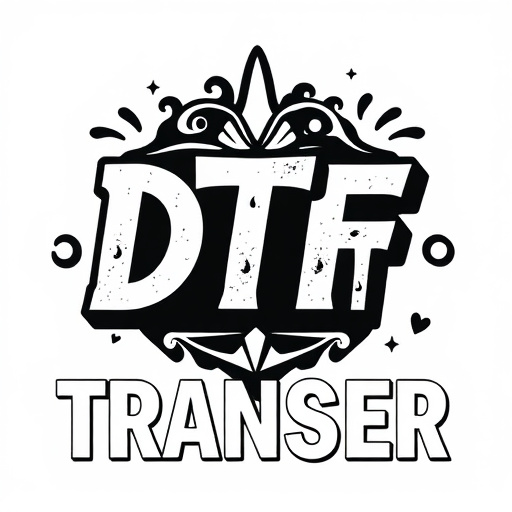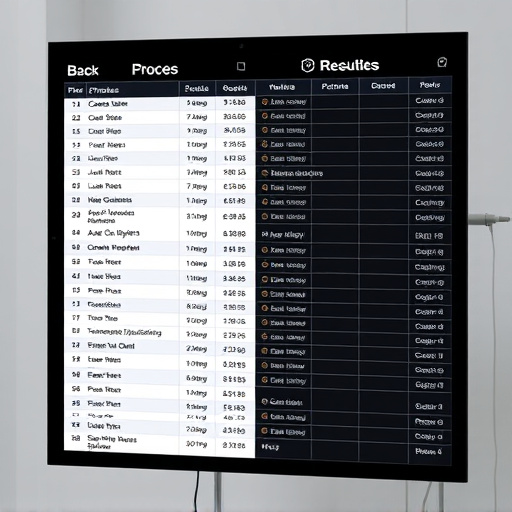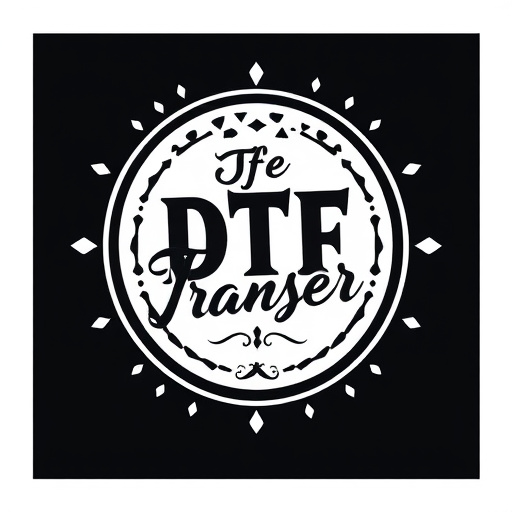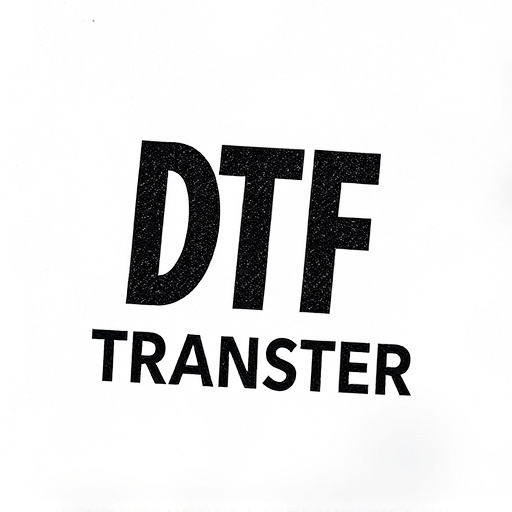Direct to Film (DTF) transfer printing requires precise temperature control between 140°F and 302°F (60°C to 150°C) for optimal adhesion and color accuracy. Temperatures below 266°F (130°C) lead to weak adhesion, while exceeding 302°F (150°C) risks film damage or warping. Even heat application with tools like heat presses ensures even bonding, preventing defects. Post-heating cooling gradually to 70-80°F (21-27°C) over 30 minutes sets inks and preserves detail. Following these temperature guidelines results in high-quality, vibrant DTF prints.
“Unleash the power of film transfers with this comprehensive guide to optimal DTF (Direct to Film) printing. Understanding the intricate needs of DTF transfer materials is key to achieving vibrant, long-lasting prints. This article delves into the ideal temperature range for preparation, heat application techniques, and common pitfalls to avoid. Learn effective cooling and setting practices post-heating, ensuring your DTF prints are nothing short of exceptional. Master these best practices for superior DTF results.”
- Understanding DTF Transfer and Its Material Requirements
- Ideal Temperature Range for DTF Printing Prep
- Heat Application Techniques for Optimal Adhesion
- Common Mistakes to Avoid During the Heating Process
- Post-Heating Treatment: Cooling and Setting the Film
- Best Practices for Achieving High-Quality DTF Prints
Understanding DTF Transfer and Its Material Requirements
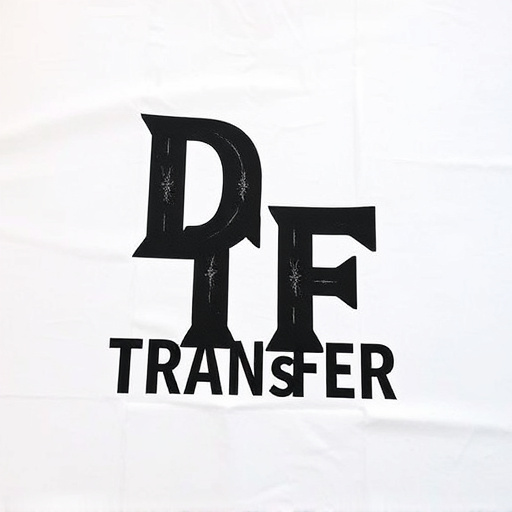
Understanding DTF Transfer and Its Material Requirements
Direct to film (DTF) transfer is a unique process in printmaking that allows for direct imaging on various materials, including photo-sensitive films and plates. This method offers precision and flexibility in creating high-quality prints, making it a favorite among artists and professionals alike. To ensure optimal results with DTF transfers, it’s crucial to adhere to specific temperature settings during the application process.
Temperature plays a vital role in the DTF printing process, as it influences the chemical reaction of the photo-sensitive materials. Typically, recommended temperature settings range from 140°F (60°C) to 180°F (82°C). These temperatures facilitate the exposure and development stages, ensuring precise image transfer onto the desired substrate. The choice of temperature depends on the specific DTF film and printer being used, so it’s essential to consult manufacturer guidelines for best practices regarding DTF prints and optimal conditions for achieving vibrant, accurate color reproduction in your final artwork.
Ideal Temperature Range for DTF Printing Prep

The ideal temperature range for preparing DTF (Direct to Film) transfers is crucial for achieving high-quality prints. For optimal results, most experts recommend a heat setting between 130°C and 150°C (266°F to 302°F). This range ensures that the film is heated enough to melt the adhesive backing, allowing it to securely adhere to the receiving surface while preventing any damage or warping of the film itself.
Maintaining this precise temperature range is key in DTF printing. Too low a temperature may result in inadequate adhesion, leading to prints that lift or peel from the substrate. Conversely, temperatures significantly above 150°C can cause the film to melt or burn, leading to distorted or uneven prints. Therefore, meticulous control and consistency in heating are essential for producing crisp, clear DTF prints.
Heat Application Techniques for Optimal Adhesion
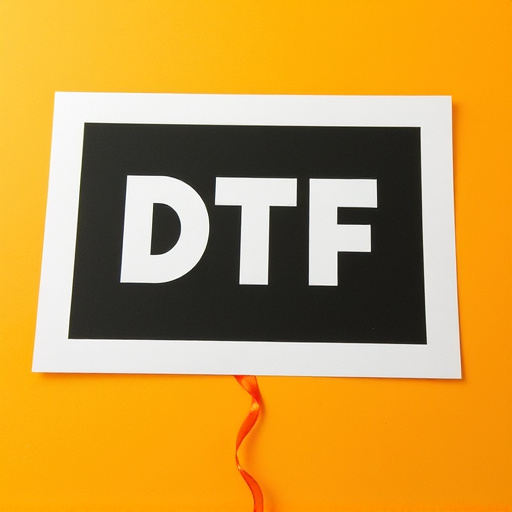
Applying heat is a crucial step in achieving optimal adhesion when working with DTF (Direct to Film) transfers and prints. The heat application technique plays a vital role in ensuring the transfer film securely attaches to various surfaces, be it fabric, paper, or other materials. For DTF transfers, a recommended temperature range of 130°C to 150°C (266°F to 302°F) is suitable for most applications. This heat activates the adhesive layer within the transfer film, allowing it to bond effectively with the target surface.
During the heating process, even application of heat is essential to prevent hot spots or uneven adhesion. Using a heat press machine or a flat iron (for smaller projects) ensures consistent temperature distribution across the entire area being treated. This meticulous approach guarantees that DTF prints and transfers yield crisp, long-lasting results without bubbles, wrinkles, or other defects commonly associated with improper heat application.
Common Mistakes to Avoid During the Heating Process
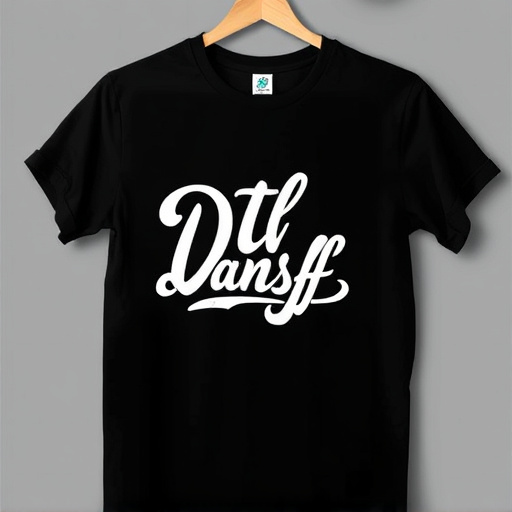
When performing a DTF (Direct-to-Film) transfer or print, avoiding common mistakes during the heating process is key to achieving high-quality results. One of the most frequent errors is overheating, which can cause the film to become distorted or even burn. Always ensure your heat press has the correct temperature settings for the specific type of DTF film you’re using—overshooting the recommended range can lead to catastrophic failure.
Another blunder to steer clear of is inadequate heating. Incomplete heating of the film can result in poor adhesion to the substrate and inconsistent print quality. Allow sufficient time for the heat press to reach and maintain the optimal temperature, and make sure the entire surface of the film is evenly heated. Proper preparation and attention to detail during this crucial phase will significantly impact your final DTF prints.
Post-Heating Treatment: Cooling and Setting the Film

After applying a DTF (Direct to Film) transfer, a crucial step in the process is post-heating treatment. This involves carefully cooling the film to set the inks and ensure long-lasting durability. The recommended temperature for this stage should be around 70-80°F (21-27°C). A gradual cool-down period allows the inks to set without causing any warping or smudging of the transferred image.
During cooling, it’s essential to maintain a consistent and controlled environment. Once the temperature reaches the desired range, allow the film to sit for approximately 30 minutes before handling. This resting period ensures that any residual heat is evenly distributed, preventing any potential issues with the DTF prints. Proper cooling and setting are vital to preserving the vibrant colors and intricate details of your DTF transfer, ensuring a professional-looking final product.
Best Practices for Achieving High-Quality DTF Prints

Achieving high-quality DTF (Direct to Film) transfers requires a meticulous approach to temperature control and application. The ideal range for DTF printing is typically between 120°F and 135°F (49°C to 57°C). This narrow window ensures optimal adhesive bonding and precise color transfer. Exceeding these temperatures can lead to warping or discoloration of the film, while going too low may result in inadequate adhesion and print quality issues.
For best results, it’s crucial to maintain consistent temperature levels throughout the process. Using a heated press or specialized DTF equipment can facilitate this control. Additionally, allowing the transfer to cool gradually after application prevents sudden contractions or distortions that could damage the fine details of the printed image. Following these best practices will help ensure crisp, vibrant DTF prints, preserving the original’s quality and aesthetic for years to come.




